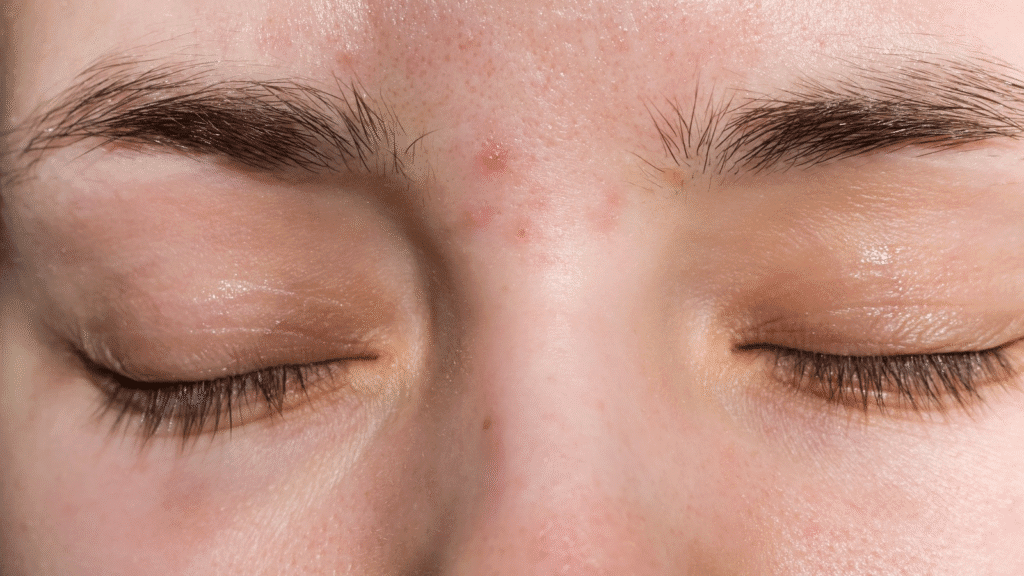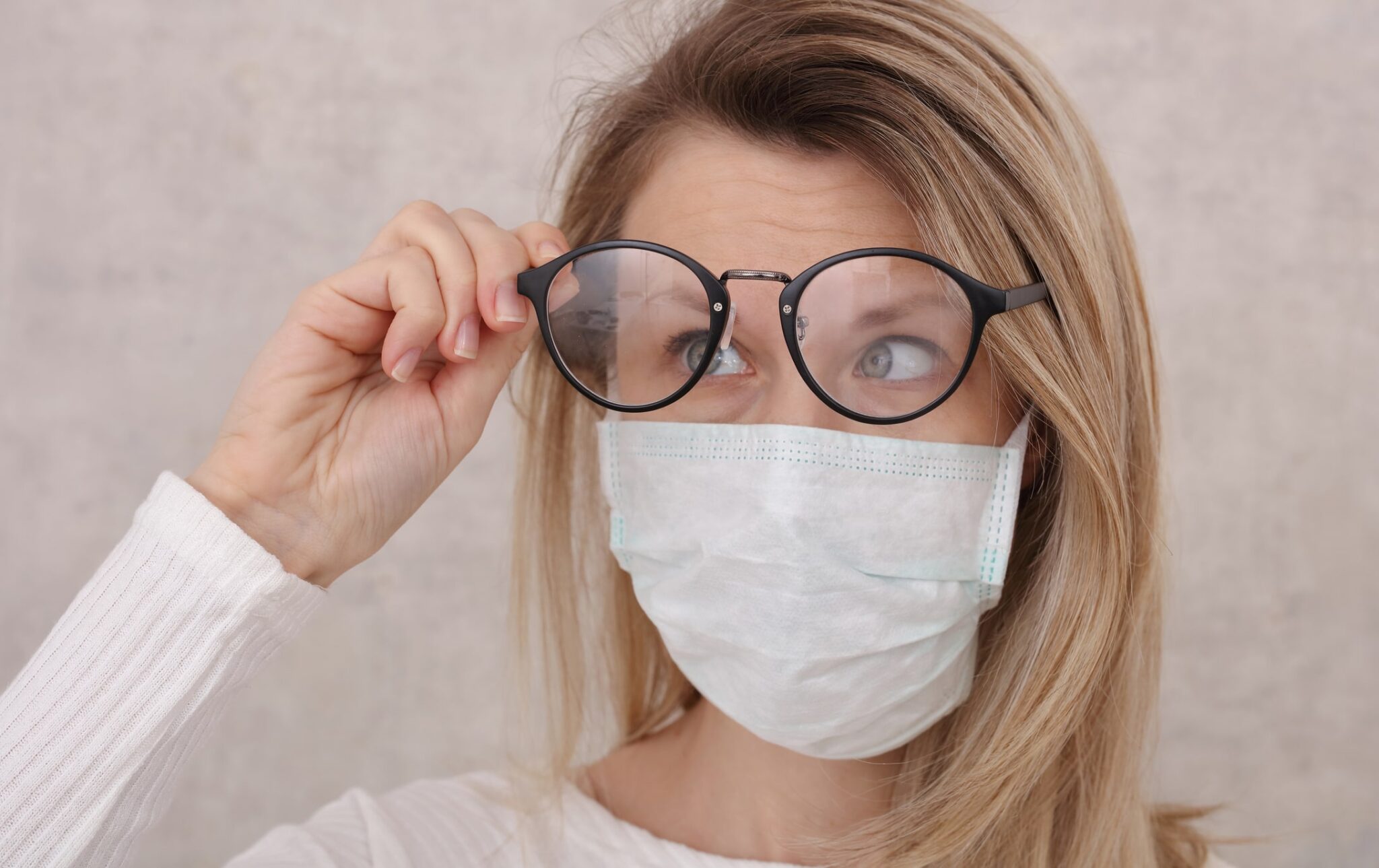After months of procrastinating to get a new prescription, I finally splurged on a pair of glasses I absolutely love. But with them came a surprise: acne. It seemed like there was a new pimple on the bridge of my nose every other day. Since I hadn’t been wearing my old glasses and those pimples always appeared in the same spot, my beautiful new glasses were the main suspect. Sure, being able to see is great, but wouldn’t it be better if glasses didn’t cause breakouts? Yes! It would!!! I spoke to an expert about this exact issue. Here’s what I learned.
How to Know If It’s Actually Acne
The biggest clue that your glasses are causing acne is the location of the breakouts. Laura Ferris, MD, PhD, associate professor of dermatology at the University of Pittsburgh, explains that the bridge of your nose, cheeks where the rims rest, and ears where the glasses rub are common spots. Another major sign is if you didn’t have acne before wearing glasses but suddenly develop it. Maybe it’s your first pair or you recently started wearing them again after a break. Acne appearing in new areas after wearing glasses is a strong indication that the frames are to blame.
However, other skin conditions can look like acne. One is acanthoma fissuratum—a patch of thickened skin caused by repeated rubbing of glasses on the skin. This happens often at the top of the ears or nose bridge.
How Do Glasses Cause Acne?

According to Dr. Ferris, it’s mainly from too much pressure. This type of acne is called acne mechanica. When something presses on your skin, it stops skin cells from shedding normally. These trapped cells clog pores, causing acne. Having oily skin or wearing thick makeup makes it worse.
Acne mechanica also occurs in athletes who wear tight clothing or gear. Sweat and heat trapped by the material add to the problem by increasing pressure on the skin.
How to Deal With Glasses-Related Acne
Luckily, there are ways to treat and prevent acne caused by glasses:
- Get your glasses adjusted: If you find yourself pushing your glasses up constantly or if they feel heavy, visit your eye doctor for an adjustment. Sometimes new nose pads can help spread out the pressure.
- Clean your glasses regularly: Use alcohol wipes every night to clean all parts of your glasses that touch your skin.
- Use an acne wash: Over-the-counter washes with salicylic acid can help manage mild acne, especially on the cheeks.
- Apply spot treatments: For acne mainly on the nose bridge, use spot treatments containing salicylic acid or benzoyl peroxide. Acne patches and prescription topical antibiotics can also help.
- Take breaks from wearing glasses: If possible, remove your glasses during the day to reduce pressure on your skin.
- Remove makeup thoroughly: Makeup build-up under glasses can worsen acne. Use a makeup remover or micellar water before washing your face. Choose a cleanser that isn’t oil-based.
- Use concealers with salicylic acid: While healing, opt for concealers that treat acne and cover bumps.
When to See a Dermatologist
If you’re unsure whether you have acne or another skin condition, talk to a dermatologist. If acne doesn’t improve or spreads, professional treatment may be needed. Persistent bumps could signal other issues, including skin cancer, which needs early attention. For most glasses wearers, acne is a common but manageable problem.
Also Read : Nighttime Skincare Routine for Glowing Skin: Wake Up Radian



